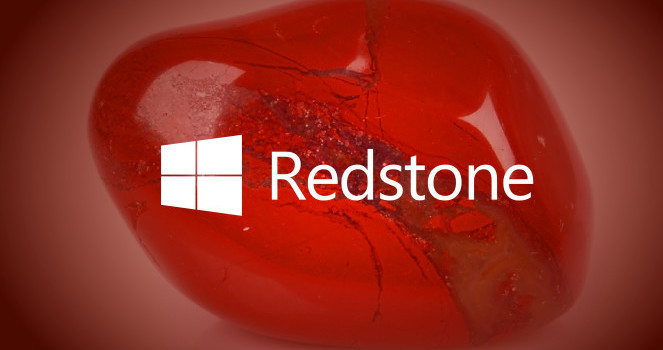Microsoft Windows 10 best kept secret: What is Redstone?

With Windows 10’s commercial release barely two months away, sources from technology news site NeoWin have been sharing information on what it’s rapidly becoming a conversation starter among Windows 10 rumor-mill watchers.
An unconfirmed future update to Windows 10, allegedly slated for this Fall, or sometime in 2016, has been identified with codename “Redstone”. While a Microsoft spokesperson reported “nothing to share re: Redstone”, speculation abounds among those who interpret the words “nothing to share” with “maybe there’s something, maybe there isn’t...”.
Widespread interest has been fueled by the fact that Microsoft owns the online game Minecraft, in which Redstone plays a role as the foundation on which new technologies are built.
Other than a Minecraft reference, there is plenty of evidence that Microsoft is very likely to issue frequent larger updates, after Windows 10 is commercially available, as part of Microsoft’s promise to no longer release different versions of Windows every few years.
Small updates that do not always require restarts, are common with applications like Project Spartan, or Windows Defender. Core functionality, such as Xbox, Surface Hub and Windows Phone, will likely require larger updates, such as Redstone.
It has been postulated that Redstone’s purpose will be to update core functionality in Windows 10, that won’t be ready in time for the slated June release, which makes perfect sense, and does justify the secrecy.
Speaking of “secret” updates, Microsoft has recently issued an update to Windows 7 and Windows 8.1 users, that will quietly spawn reminders to upgrade to Windows 10. These tray notifications are classified as advertisements, and can be removed easily, by uninstalling the update 3035583, a non-critical update that Microsoft is releasing to all users with Windows Update set to automatic. These updates will not reach enterprise customers, in conformity with Microsoft’s statement about restricting free upgrades to non-enterprise customers only.